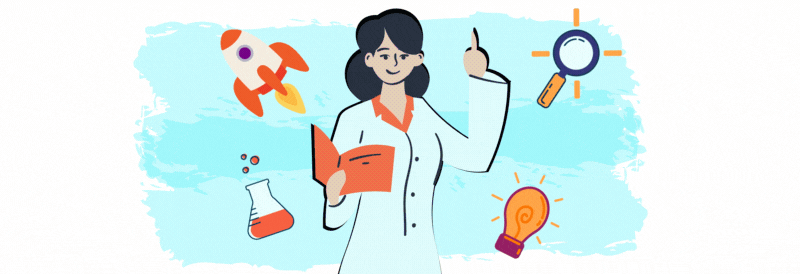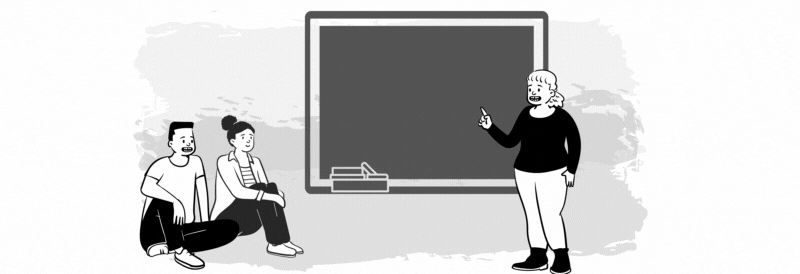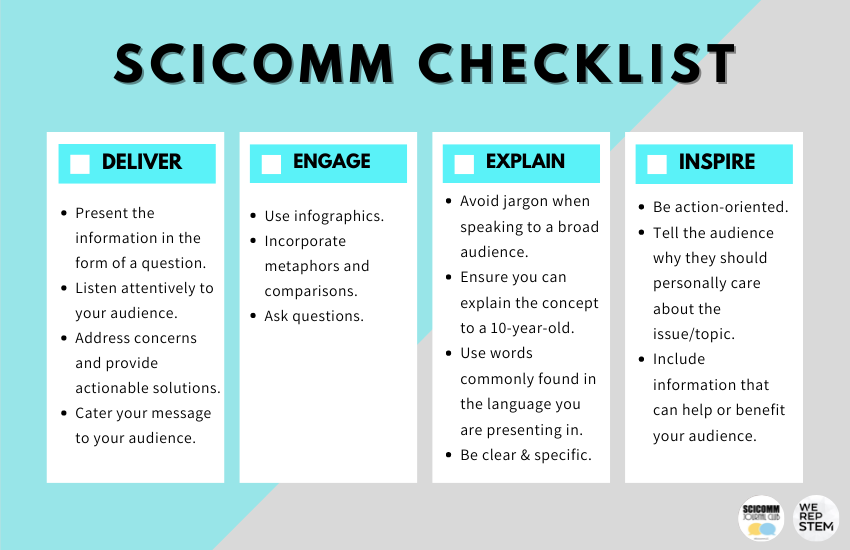SciComm tips you can use
We asked some seasoned SciCommers for tips on how to effectively get your message across, and here's what they had to say.

COVID-19 threw the world for a loop, shutting down schools, sending people home to work, and plunging us into uncertainty. For some countries, the light at the end of the coronavirus tunnel is drawing near — and we have science to thank.
We also have to thank the science communicators who have worked tirelessly to relay important and complex information to journalists, members of the public, and government officials.
During some very scary and very dark days, science communicators have been there, providing guidance on how to keep our families and communities safer.
One silver lining to come out of the COVID-19 disaster is that the hard work of science communicators has been noticed and it may be sparking new enthusiasm in the field, according to a small-scale survey of 1,000 kids in the UK by Medicspot.
About 83% of the children polled expressed an interest in pursuing a career in a STEM field. Medicspot says an increased appearance of medical experts on TV, as well as good science communication (often referred to as SciComm), could be one of the reasons.
If you’re new to SciComm or looking to brush up on your pre-existing skills, you’ve come to the right place.
We asked experts for tips on how to effectively get your message across, and here’s what they had to say.








“Finding narrative can be important,” says Bradley Allf, a freelance science writer specializing in the ecology/evolution side of biology, museums, and citizen science.
“It’s cliche but, you want a story not a topic.”
When it comes to jargon, use it “deliberately,” Bradley says.
“The reader rarely needs to know the exact names of genes and latin names of species. Unless those names are really wonderful (looking at you, sonic hedgehog genes).”
Fenella Saunders, Editor-in-Chief of American Scientist, offers this extensive resource: scicommtips.org, which she created in collaboration with the Kavli Foundation. The site is designed to alert new communicators with common pitfalls, reference online resources, and download an extensive PDF tip sheet.
